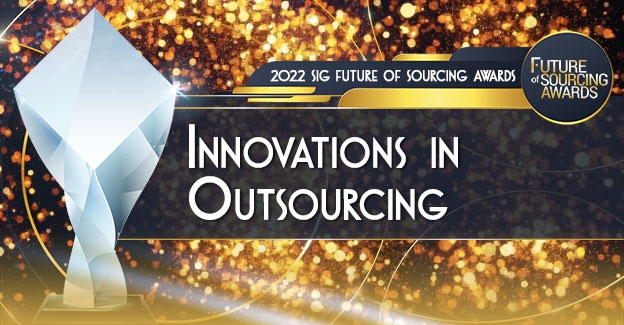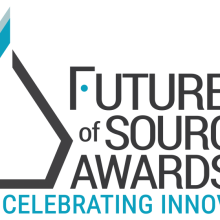On October 19th, the Future of Sourcing Awards will celebrate organizations and individuals that have shown innovation, leadership and transformation in categories that are critical to the sourcing industry. Interviews with the finalists provide helpful insight about their projects, the problem they sought to solve and the impact to their organizations.
Can you outline why your team embarked on this project and the problem that needed to be solved?
- Improved business relationship to drive savings in a challenging business environment
- Close supplier partnerships, brokered by procurement, to enhance supplier-driven innovation and minimize business disruption
- Increased cost management as the client focused on improving sales and margins
- Improved working capital and liquidity
- Assistance with capital expenditure projects as the business started to make investments to recover and expand
- Sustainability through renewable energy project
How were things done originally and what was the inspiration to innovate the process?
- Drive the sustainability and ESG agenda by utilizing more renewable energy.
- Improve gross margins through competitive tension and improve the sourcing execution speed with the use of auctions.
- Gain greater control over spend, drive greater compliance and save costs by shortening its long tail and consolidating suppliers.
What KPIs did you use to measure success for this project? (For example: performance, customer satisfaction, revenue, sales or relevant financial gains?)
- Auctions: Outcome was measured based on reduction in unit price compared to historical cost
- Tail spend management: Outcome was measured based on reduction in tail spend and reduction in number of tail-spend suppliers
- Renewable energy: Outcome was measured by calculating the increase in the proportion of electricity from renewable sources post implementation.
How do you plan to ensure that the new model remains relevant and adapts to the future needs of the market?
Many changes were in the form of improving processes and optimizing approach. These changes have been integrated into the client procurement team’s way of working. For e.g., the quarterly leadership governance framework has been implemented to ensure periodic top alignment between business teams and procurement.
Playbooks have been created wherever possible. For e.g., a renewable energy playbook has been developed so that the strategy can be extended to more locations in the future.
Procurement is now collaborating with the leadership on key business initiatives such as sustainability and inflation mitigation. As procurement is close to the supply market and has access to contract and spend data, it is well placed to advice on managing inflationary pressures and future needs.
What advice do you have for those who may want to implement this innovative approach in their own organizations?
I'm sure your company has many different processes and projects they are outsourcing. Why did you choose to submit this specific project?







